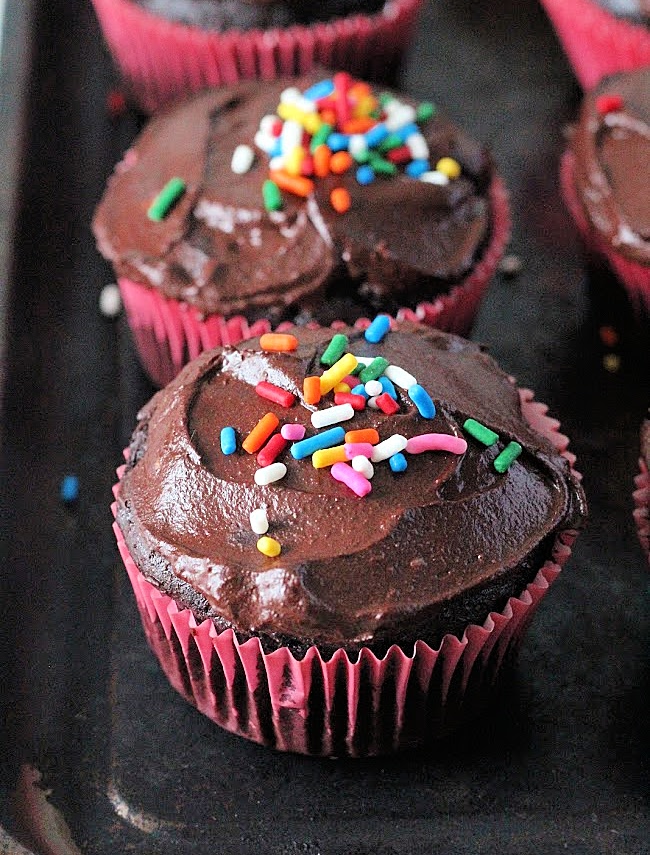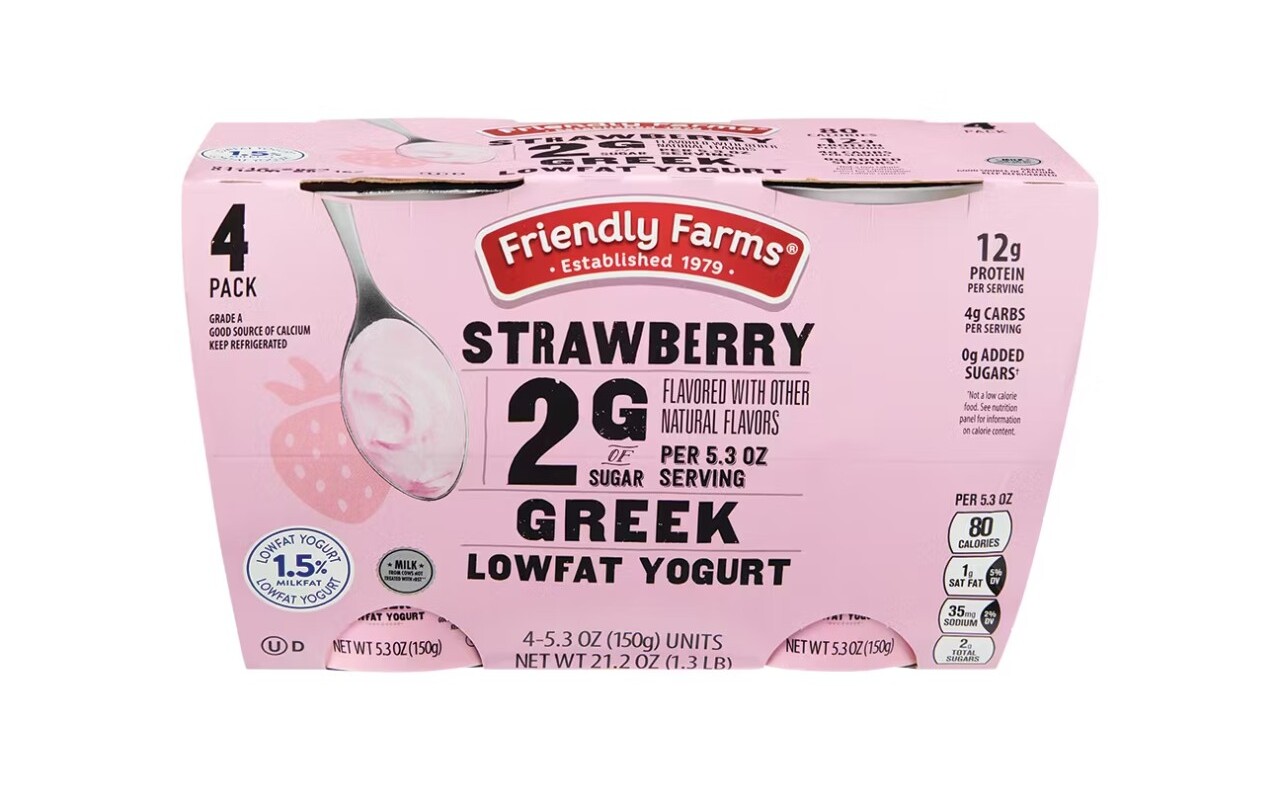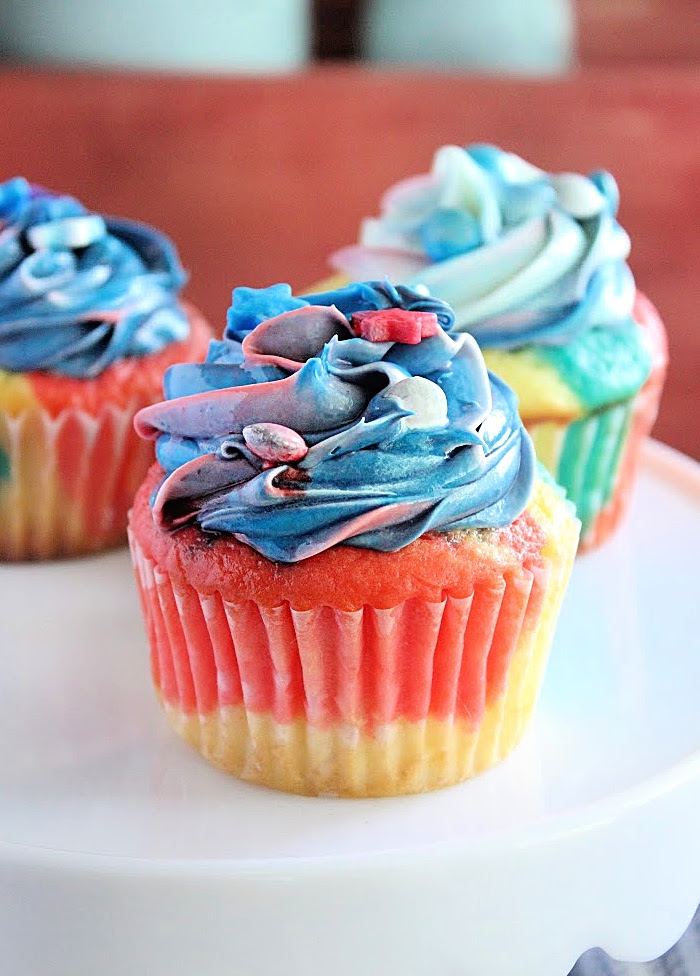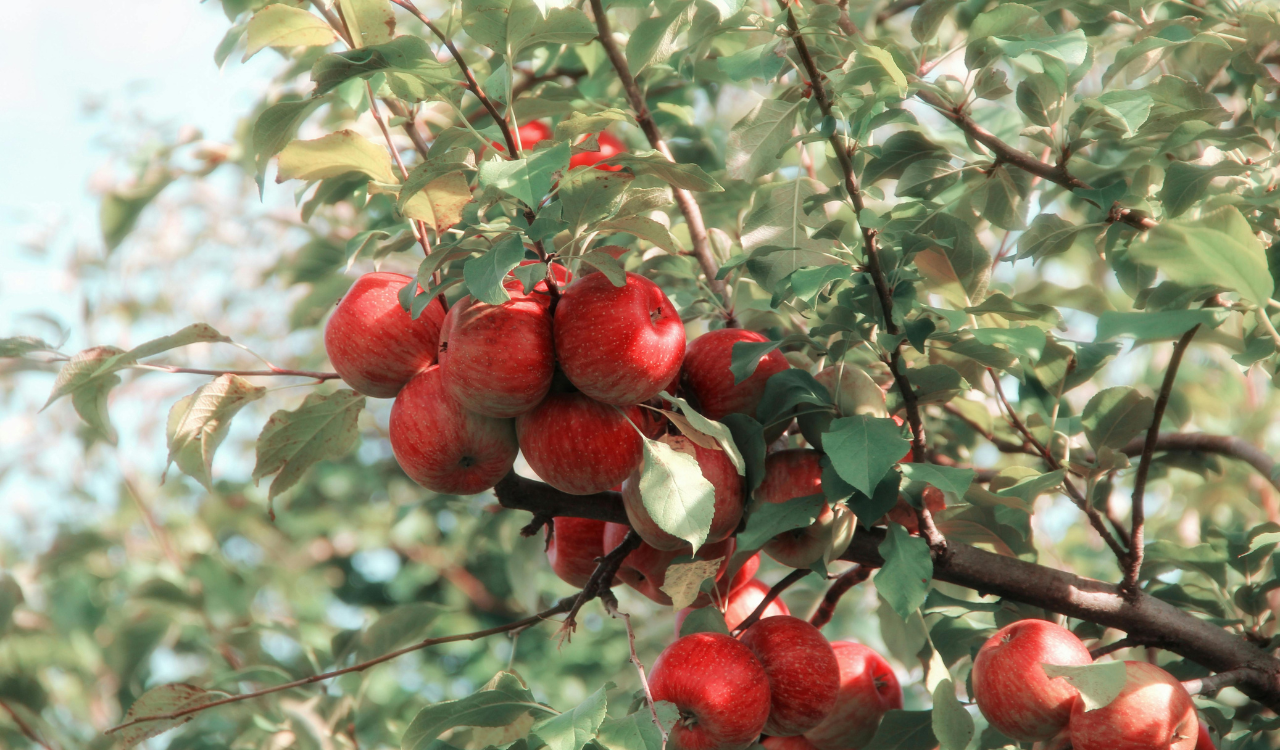Can You Get Drunk on Nonalcoholic Beer? What You Should Know
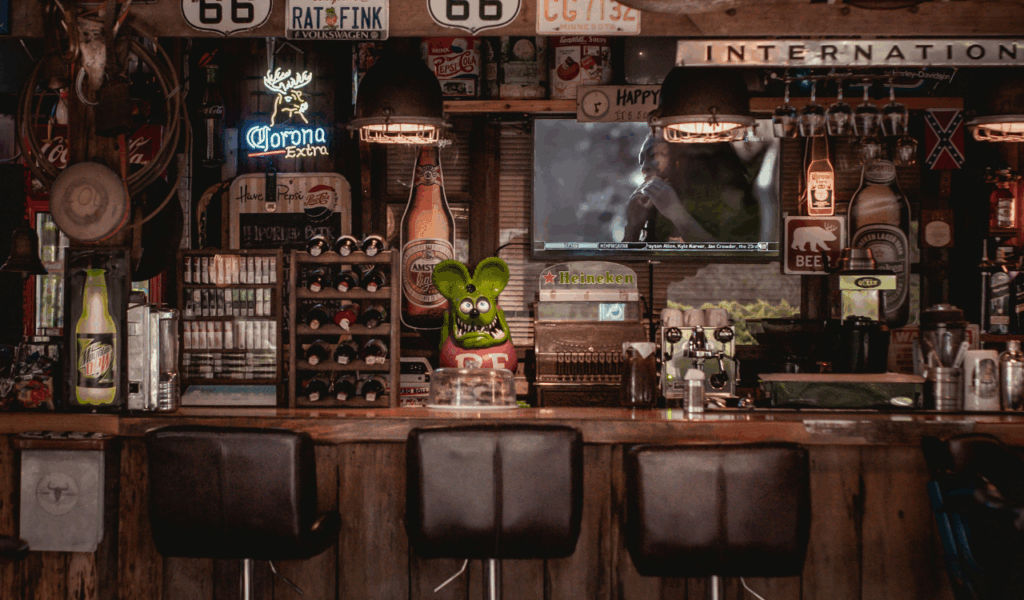
You are at a party and drinking what you believed was “nonalcoholic” beer when someone says, “Careful, don’t get too tipsy!” You can easily brush that off as a joke. But it does make you wonder: does nonalcoholic beer really make you feel drunk? The short answer is that it’s exceedingly unlikely for practically everyone. But the tale isn’t that straightforward, and new studies and court decisions encourage us to look more closely. Let’s look at the science, the exceptions, and what all of this implies for your next cold one.
What “Nonalcoholic” Really Means
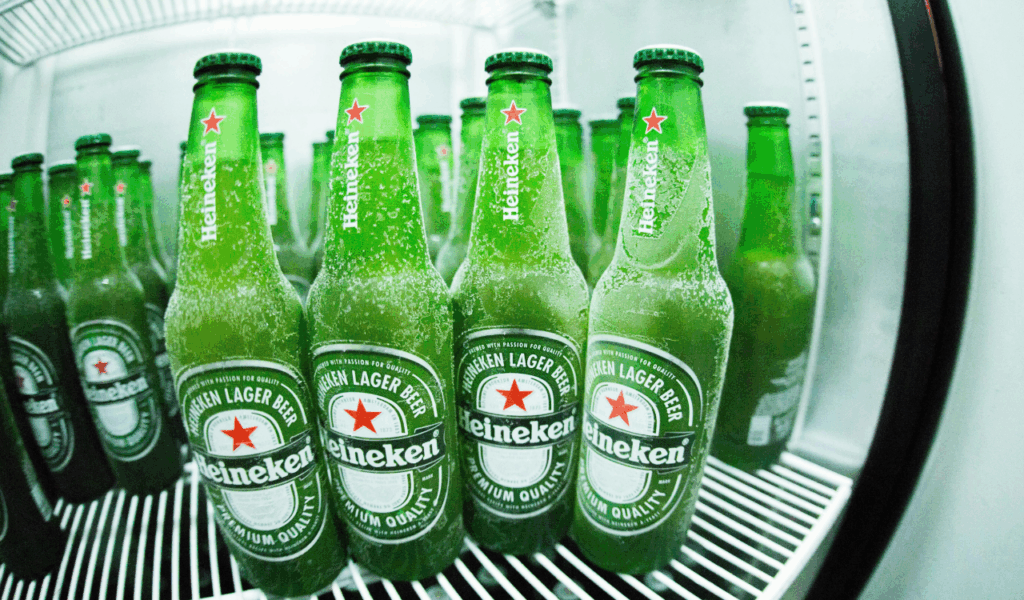
Definitions and Legal Limits
A drink that says “nonalcoholic” doesn’t have to have 0.00% alcohol in a lot of places. For example, in the U.S., nonalcoholic beer can legally have up to 0.5% ABV (alcohol by volume), which is about one-tenth the potency of a regular beer. Many sources agree that most nonalcoholic beers are below that level. Some companies even give lower numbers by purpose, but traces from natural fermentation or leftover processes still happen.
Brewing Methods That Remove Alcohol
How do brewers cut down on alcohol without losing flavor? Some common methods are:
- Vacuum distillation or evaporation, which means slowly heating the brew at low pressure to get rid of the alcohol.
- Reverse osmosis, which filters out ethanol molecules but leaves fragrance chemicals behind.
- Stopping fermentation early, which stops yeast activity before alcohol levels rise.
These approaches try to keep the taste while lowering the amount of alcohol. But the leftover remnants are what make this subject interesting: is that small amount of alcohol enough to make a difference?
Why “Getting Drunk” from NA Beer Is ‘Almost’ Impossible
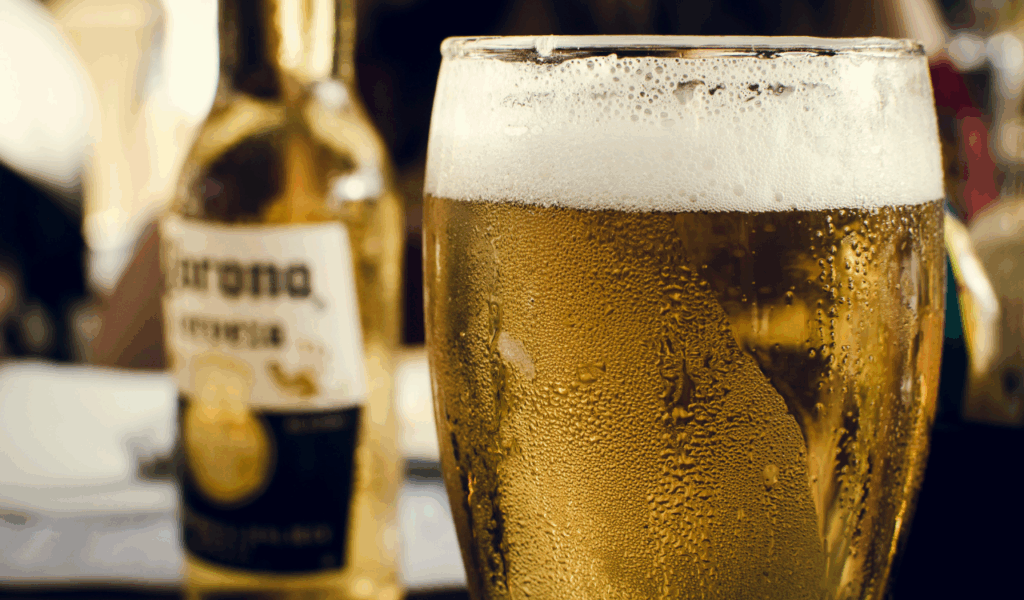
Blood Alcohol Concentration (BAC) Math
Your blood alcohol content (BAC) needs to go up a lot for you to really feel drunk. Depending on their weight, metabolism, and how quickly they absorb alcohol, a standard drink could boost BAC by 0.02 to 0.03 percent in certain people. But one can of nonalcoholic beer with an ABV of 0.5% or below adds very little alcohol. Researchers have found that consuming a few NA beers, such four bottles with 0.5% ABV, could be the same as drinking one standard beer. Most people would still not consider that to be drunk.
Studies in Alcohol and Alcoholism have shown that people who drink nonalcoholic beer only show small increases in their blood alcohol levels, and these changes are typically not noticeable.
Individual Variation & Psychological Effects
Even if you don’t feel drunk physically, you can still feel drunk mentally or via a placebo. Your mind might make you feel more relaxed or slightly impaired if you think you’re drinking “beer.” Body composition is also important. Someone who is lighter or who drinks on an empty stomach will absorb alcohol more quickly. However, even then, the small amount of alcohol in NA beer is not likely to make them very drunk. In short, yes, if you drink a lot of it, you might feel a little drunk. But for all intents and purposes, nonalcoholic beer doesn’t get you drunk like regular beer does.
When It Matters: Health, Testing, & Recovery
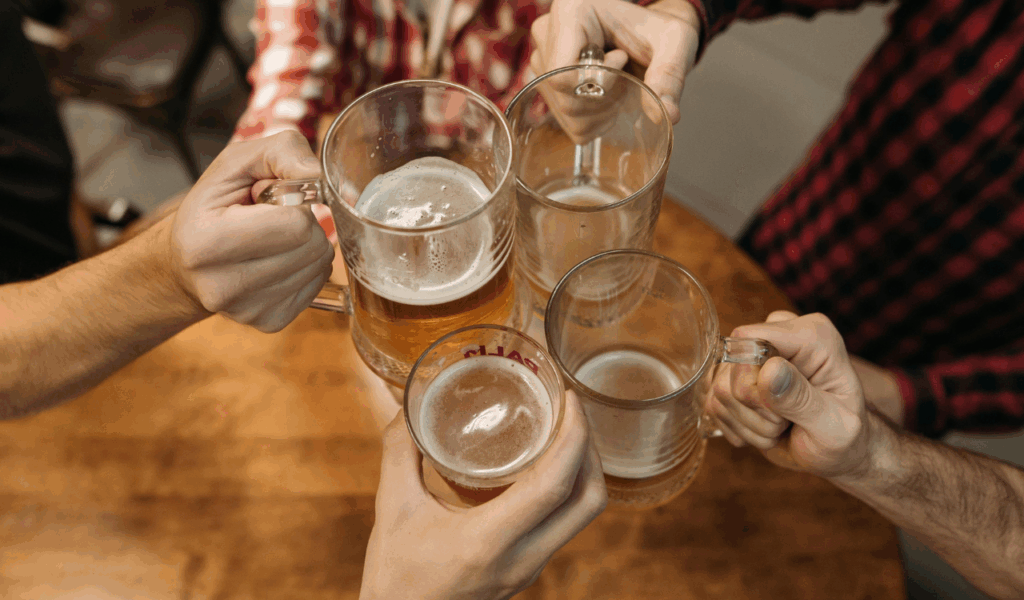
For People in Recovery or With Alcohol Sensitivity
One of the most important things to remember is that for people who are recovering from alcohol use disorder, even the taste, smell, or ritual of drinking “beer” might make them want to drink again or make them more likely to relapse. A lot of people who work in treatment say that you shouldn’t drink any beer-like drinks. Also, the small amount of alcohol in the drink may not be safe for people with high sensitivities or liver problems.
Failures in Labeling and Legal Cases
People have even questioned well-known “0.0%” beers. A lawsuit in the U.S. said that Heineken 0.0 has up to 0.03% ABV and accused the firm of putting false information on the label. That’s still very small, but the case shows that “nonalcoholic” doesn’t always equal “zero.” Countries have different laws and rules. What is labeled as nonalcoholic in one nation may not be considered so in another.
Regulatory & Health Trends
Nonalcoholic beer already makes up over 9% of all beer sold in Germany, and that number is certain to go up. Countries are also trying to figure out how to tell people about “NoLo” (no and low alcohol) drinks as they become more popular. A new study in Drug and Alcohol Review says that NoLo drinks might help certain higher-risk drinkers cut back on their drinking, but the evidence isn’t strong enough to say for sure.
Surveys also show that social pressure is keeping people from using nonalcoholic alternatives. Half of those who said they would drink nonalcoholic drinks in social situations said they chose alcoholic drinks because of peer pressure.
Practical Takeaways for You
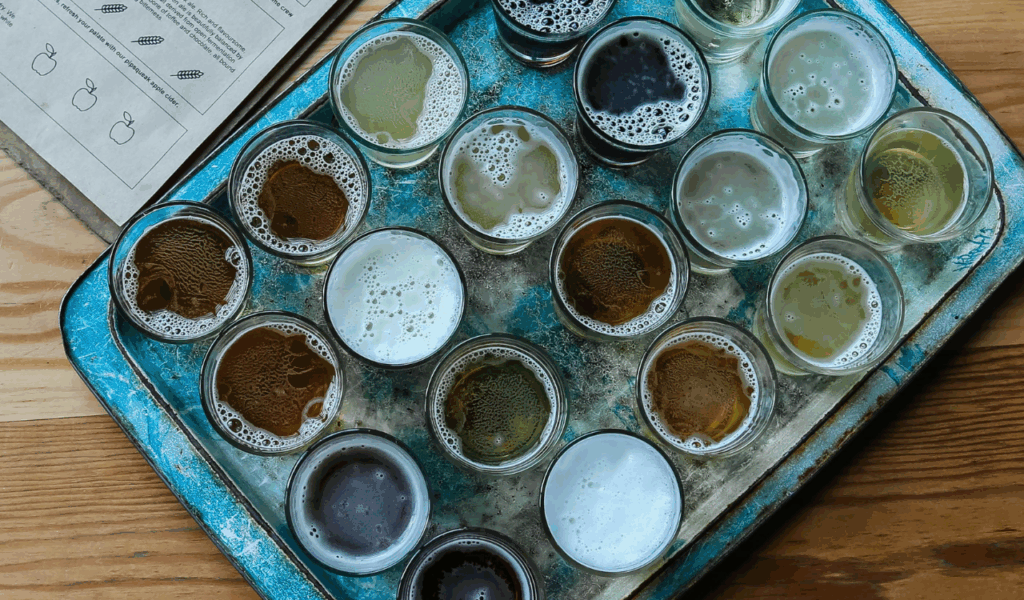
- Don’t expect a buzz as most individuals won’t get drunk from nonalcoholic beer. It has very little alcohol in it, and tests show that it has almost no effects.
- Pay attention to your surroundings. If you drink a lot of bottles quickly, especially on an empty stomach, even small amounts could build up, but not enough to really matter.
- Look at the labels and read the ABV figures if they are there. If you can, choose real 0.0%, especially if you are sensitive to alcohol.
- If you’re in recovery, talk to your doctor or support person before drinking any beer-like drink. Rituals and cues are important.
- Don’t forget about hidden calories and sugar because some nonalcoholic beers have carbs, calories, or flavor additives to make them taste like beer, so “nonalcoholic” doesn’t always equal “healthy.”
- Enjoy socially, with confidence! NA beer is becoming more popular in many regions. It enables you take part in the beer-drinking ritual without most of the risks.
In Summary
Nonalcoholic beer does include some alcohol in it, but the amount is usually too low to make you drunk if you drink it normally. Psychology, social context, or placebo effects are what really make “drunkenness” sound real. For most drinkers, NA beer lets you enjoy the taste of beer, the sound of glasses clinking, and the social aspect of drinking without getting drunk or hungover.
References
- The Drinks Project – “Do NA Beers Have Alcohol?” and “Can You Get Drunk on Non-Alcoholic Beer?” Published 2023–2024
- Financial Times (FT.com) – “Social Pressure Still Drives Drinking Choices” Published 2024
- ForHers Health Blog – “Is Non-Alcoholic Beer Bad for You?” Published 2023 (Source: https://www.forhers.com/blog/is-non-alcoholic-beer-bad-for-you)
- Yahoo Life – “Can You Get Drunk on Nonalcoholic Beer? Here’s What to Know” Published 2024 (Source: https://www.yahoo.com/lifestyle/articles/drunk-nonalcoholic-beer-heres-everything-163000439.html)
